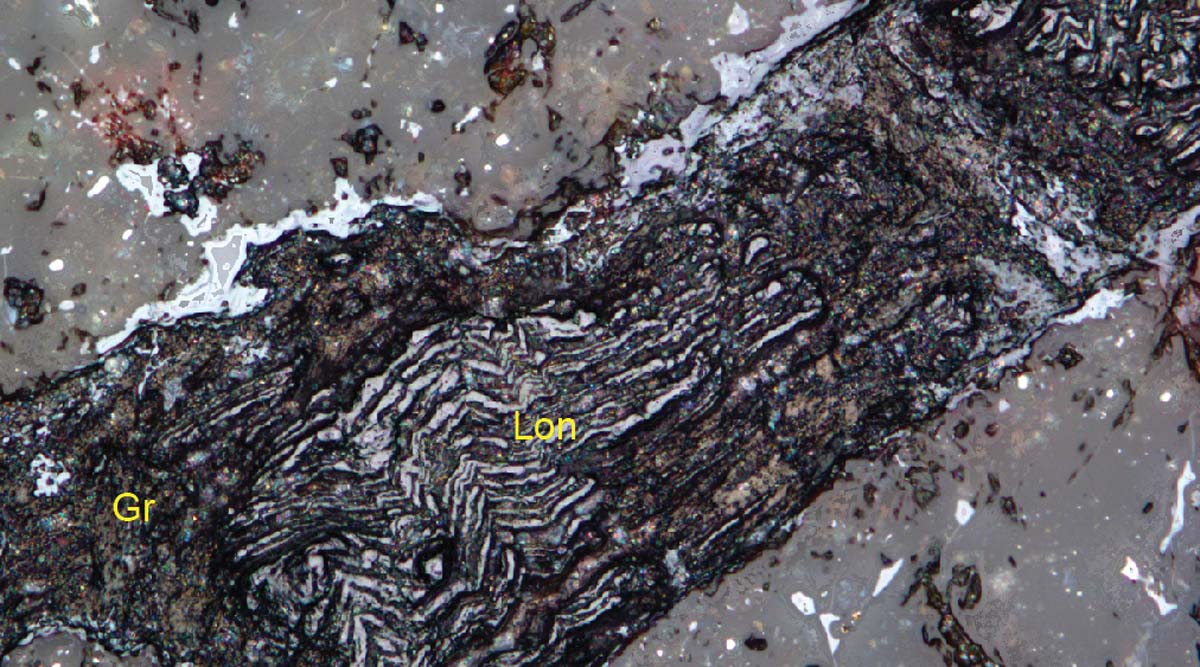A research team has confirmed the existence of lonsdaleite–a rare hexagonal form of diamond that could be stronger than conventional diamonds– in ureilite meteorites that originated from the mantle of a distant dwarf planet.
The team consists of scientists from Monash University, RMIT University, CSIRO, the Australian Synchotron and Plymouth University and their research has been published in the Proceedings of the National Academy of Sciences (PNAS).
In a press statement, RMIT Professor Dougam McCulloch, a member of the team, said the researchers predicted that the hexagonal structure of lonsdaleite’s atoms could potentially make it harder than regular diamonds, which have a cubic structure.
According to scientists, the lonsdaleite may have formed from the collision of the dwarf planet with a large asteroid about 4.5 billion years ago.
“This study proves categorically that lonsdaleite exists in nature. We have also discovered the largest lonsdaleite crystals known to date that are up to a micron in size – much, much thinner than a human hair,” added McCulloch, who serves as the director of the RMIT Microscopy and Microanalysis Facility.
The research produced strong evidence that there the lonsdaleite was formed by a supercritical chemical vapour deposition process that happened on the dwarf planet shortly after a “catastrophic collision.” Interestingly, this chemical vapour is one of the ways used to make “lab-grown” diamonds.
The team proposes that the lonsdaleite was formed in the meteorites from a supercritical fluid that existed at a high temperature and moderate pressure. During the process, the original shape and textures of the pre-existing graphite would have been preserved. Later, after the environment cooled and the pressure decreased, the lonsdaleite could have been partially replaced by the conventional diamond that the researchers also discovered in the meteorite.
“Nature has thus provided us with a process to try and replicate in industry. We think that lonsdaleite could be used to make tiny, ultra-hard machine parts if we can develop an industrial process that promotes the replacement of pre-shaped graphite parts by lonsdaleite,” said geologist Andy Tomkins, who led the study, in a press statement.
!function(f,b,e,v,n,t,s)
{if(f.fbq)return;n=f.fbq=function(){n.callMethod?
n.callMethod.apply(n,arguments):n.queue.push(arguments)};
if(!f._fbq)f._fbq=n;n.push=n;n.loaded=!0;n.version=’2.0′;
n.queue=[];t=b.createElement(e);t.async=!0;
t.src=v;s=b.getElementsByTagName(e)[0];
s.parentNode.insertBefore(t,s)}(window, document,’script’,
‘https://connect.facebook.net/en_US/fbevents.js’);
fbq(‘init’, ‘444470064056909’);
fbq(‘track’, ‘PageView’);






